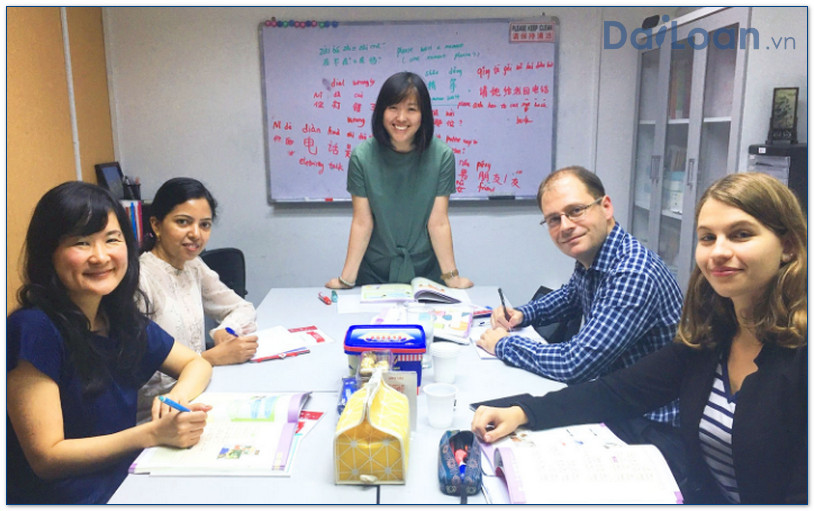The term 牽引 (qiān yǐn) is an important phrase in the Chinese language, embodying rich meanings and grammatical structures that can enhance our understanding of the language. In this article, we will delve deep into the meaning of 牽引, its grammatical usage, and provide a variety of example sentences to illustrate its application in everyday Chinese.
is an important phrase in the Chinese language, embodying rich meanings and grammatical structures that can enhance our understanding of the language. In this article, we will delve deep into the meaning of 牽引, its grammatical usage, and provide a variety of example sentences to illustrate its application in everyday Chinese.
What Does 牽引 (qiān yǐn) Mean?
In its most basic form, 牽引 (qiān yǐn) translates to “to pull” or “to haul.” This term is often used in contexts that involve physical pulling or dragging. However, its usage can also extend metaphorically to indicate influence or attraction, such as “drawing someone in” or “leading someone along a path.” Understanding these nuances is vital for grasping the term in various contexts.
Literal and Figurative Meanings
- Literal Meaning: The act of pulling or drawing something or someone towards oneself.
- Figurative Meaning: To attract or influence someone or something in a more abstract sense.
Grammatical Structure of 牽引 (qiān yǐn)
The term 牽引 (qiān yǐn) consists of two characters: 牽 (qiān) and 引 (yǐn). Understanding their individual contributions will clarify the overall grammatical structure.
Breakdown of Characters
- 牽 (qiān): This character is a verb meaning “to pull” or “to lead.” It has strong connotations of physical action.
- 引 (yǐn): Also a verb, meaning “to lead,” “to draw,” or “to guide.” It often has a more abstract connotation, suggesting guidance or influence.
When combined, 牽引 (qiān yǐn) functions as a compound verb that conveys the action of pulling or drawing something toward a point.
Usage in Sentences
In Mandarin Chinese, verbs typically follow a Subject-Verb-Object (SVO) structure. Therefore, 牽引 is often used in this format:
- Subject + 牽引 (qiān yǐn) + Object
Example Sentences Using 牽引 (qiān yǐn)
To better assimilate how 牽引 can be integrated into language, let’s explore several example sentences:
Physical Usage Examples
- 那辆车牽引着一辆拖车。
(Nà liàng chē qiān yǐnzhe yī liàng tuō chē.)
“That vehicle is pulling a trailer.” - 他牽引着狗散步。
(Tā qiān yǐnzhe gǒu sànbù.)
“He is pulling the dog for a walk.”
Figurative Usage Examples
- 他的魅力牽引着众人。
(Tā de mèilì qiān yǐnzhe zhòng rén.)
“His charm draws everyone in.” - 这些话牽引着我的思考。
(Zhèxiē huà qiān yǐnzhe wǒ de sīkǎo.)
“These words pulled my thoughts in.”
Importance of Context
It is crucial to understand that the meaning of 牽引 (qiān yǐn) can be heavily dependent on its context. While it can signify a simple action of pulling in a physical sense, it may also refer to more complex interactions in social and emotional settings. This duality makes it a versatile verb in Mandarin.
Conclusion
In summary, 牽引 (qiān yǐn) is a multifaceted term that encompasses both literal and figurative meanings in Chinese. Its grammatical structure is straightforward, primarily functioning as a compound verb within the SVO framework. By studying the example sentences provided, learners can better appreciate how this term is applied in various contexts. Understanding 牽引 will undoubtedly enhance your proficiency in the Chinese language and help you engage with native speakers more effectively.

Sứ mệnh của Chuyên là giúp đỡ và truyền cảm hứng cho các bạn trẻ Việt Nam sang Đài Loan học tập, sinh sống và làm việc. Là cầu nối để lan tỏa giá trị tinh hoa nguồn nhân lực Việt Nam đến với Đài Loan và trên toàn cầu.
CÓ THỂ BẠN QUAN TÂM
Du học Đài Loan
Lao Động Đài Loan
Việc Làm Đài Loan
Đơn Hàng Đài Loan
Visa Đài Loan
Du Lịch Đài Loan
Tiếng Đài Loan
KẾT NỐI VỚI CHUYÊN
Zalo: https://zalo.me/0936126566
Website: www.dailoan.vn




